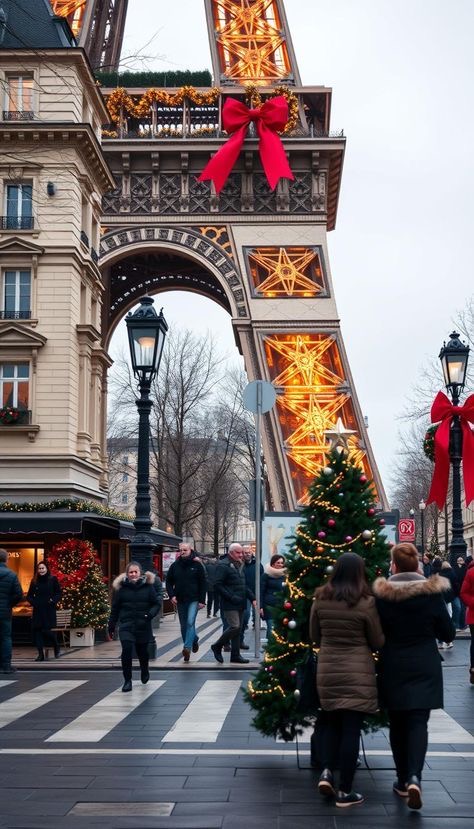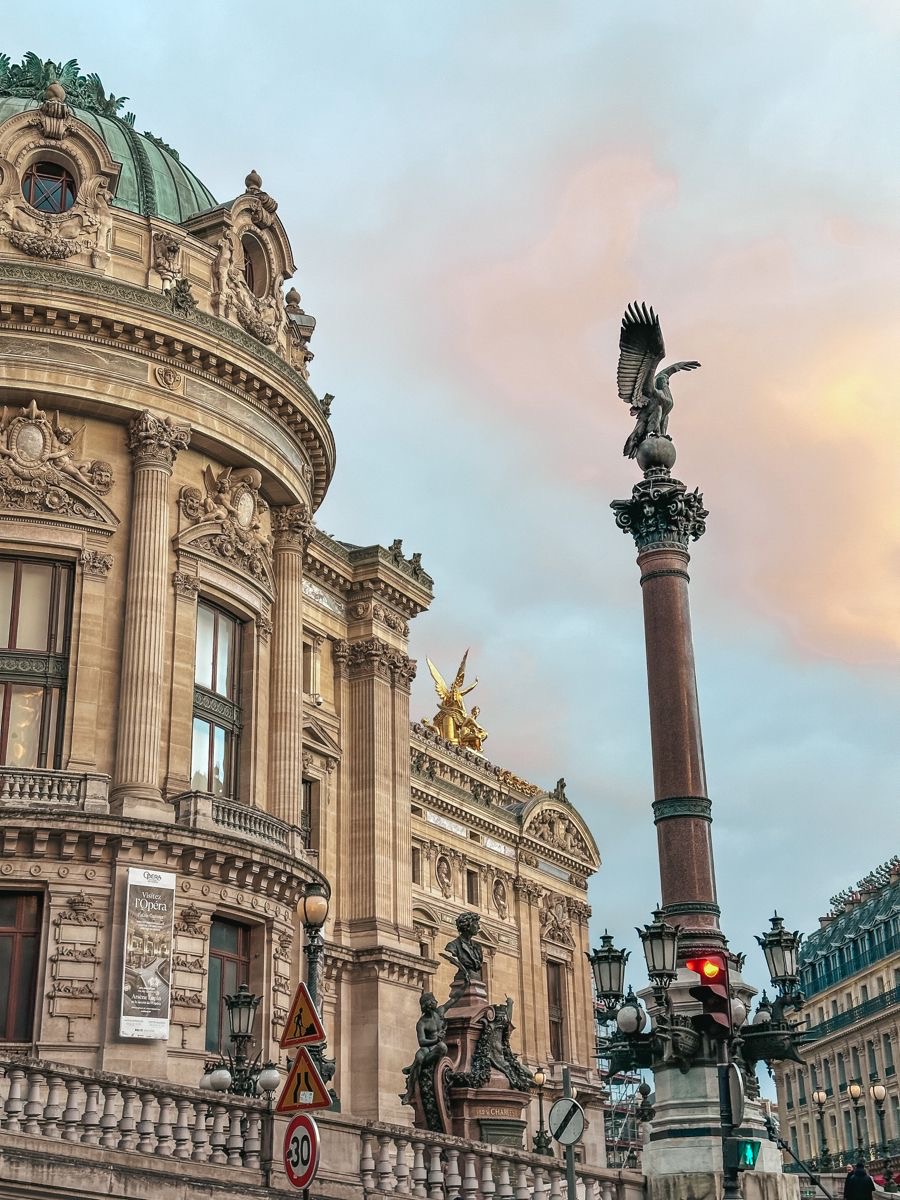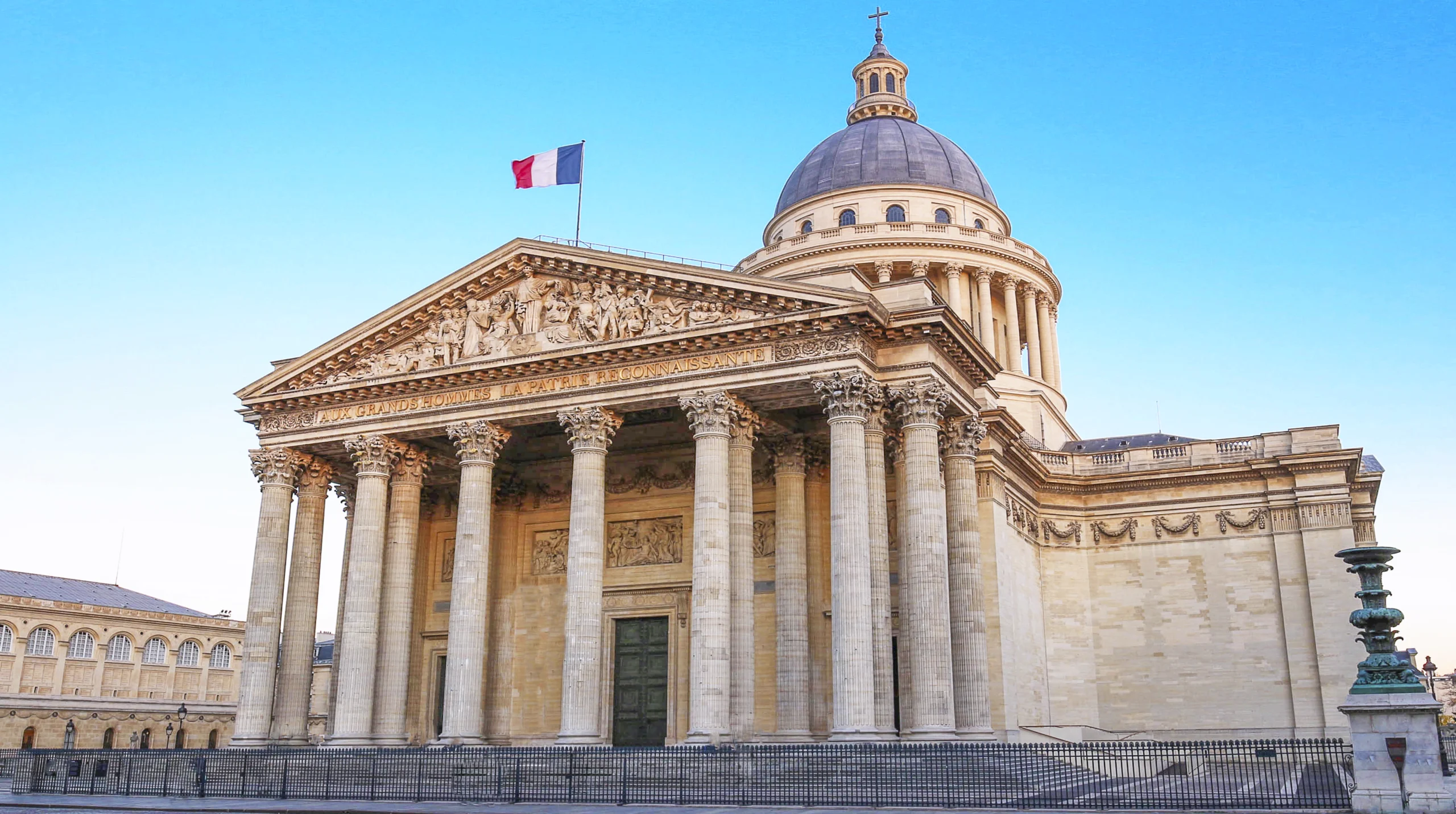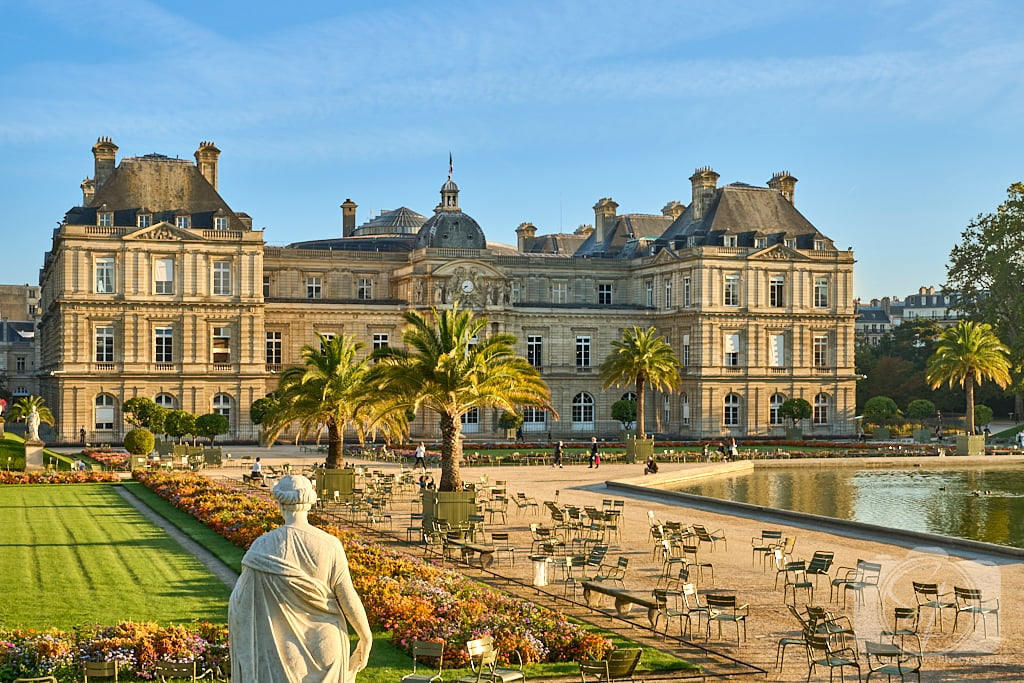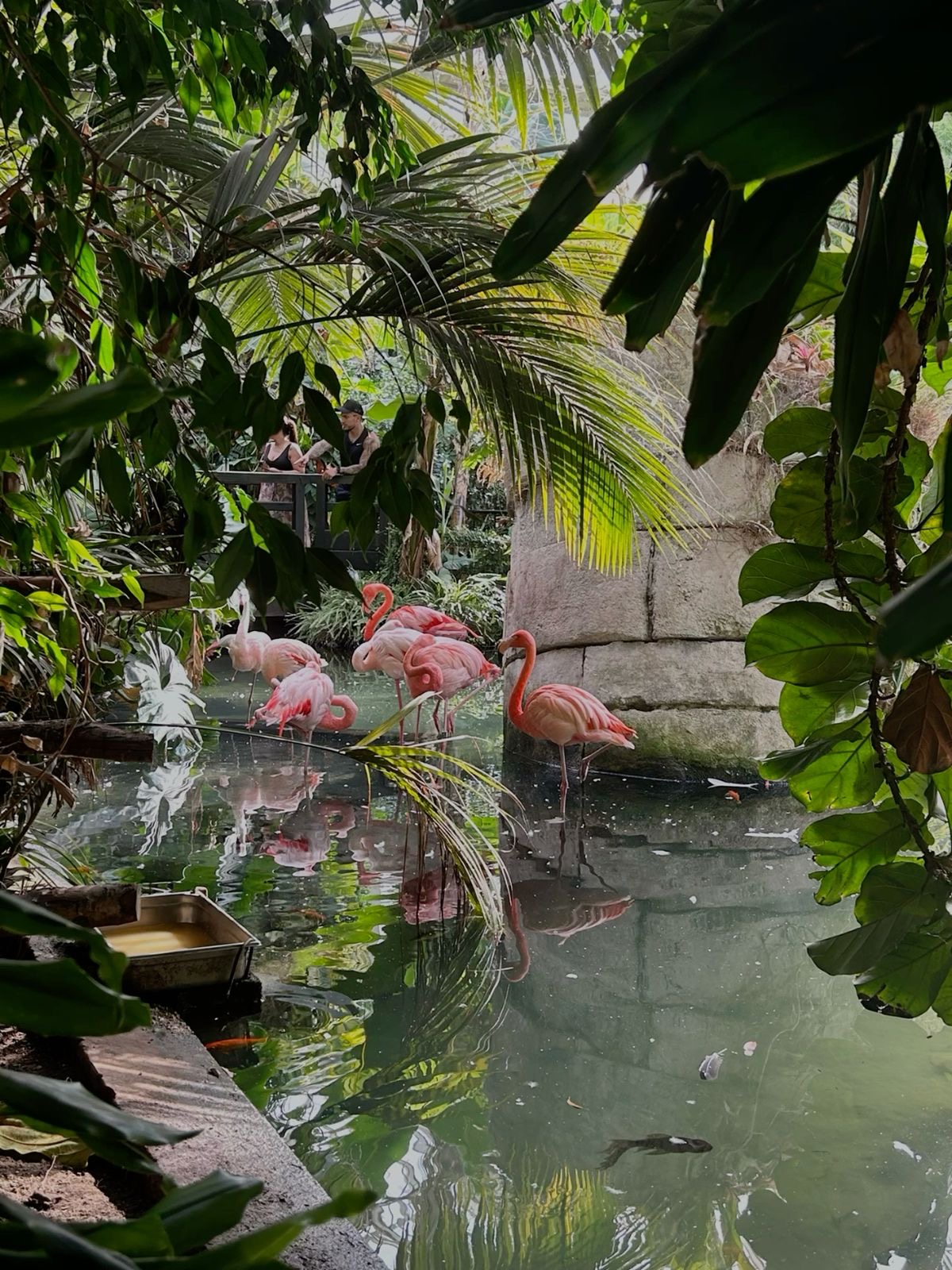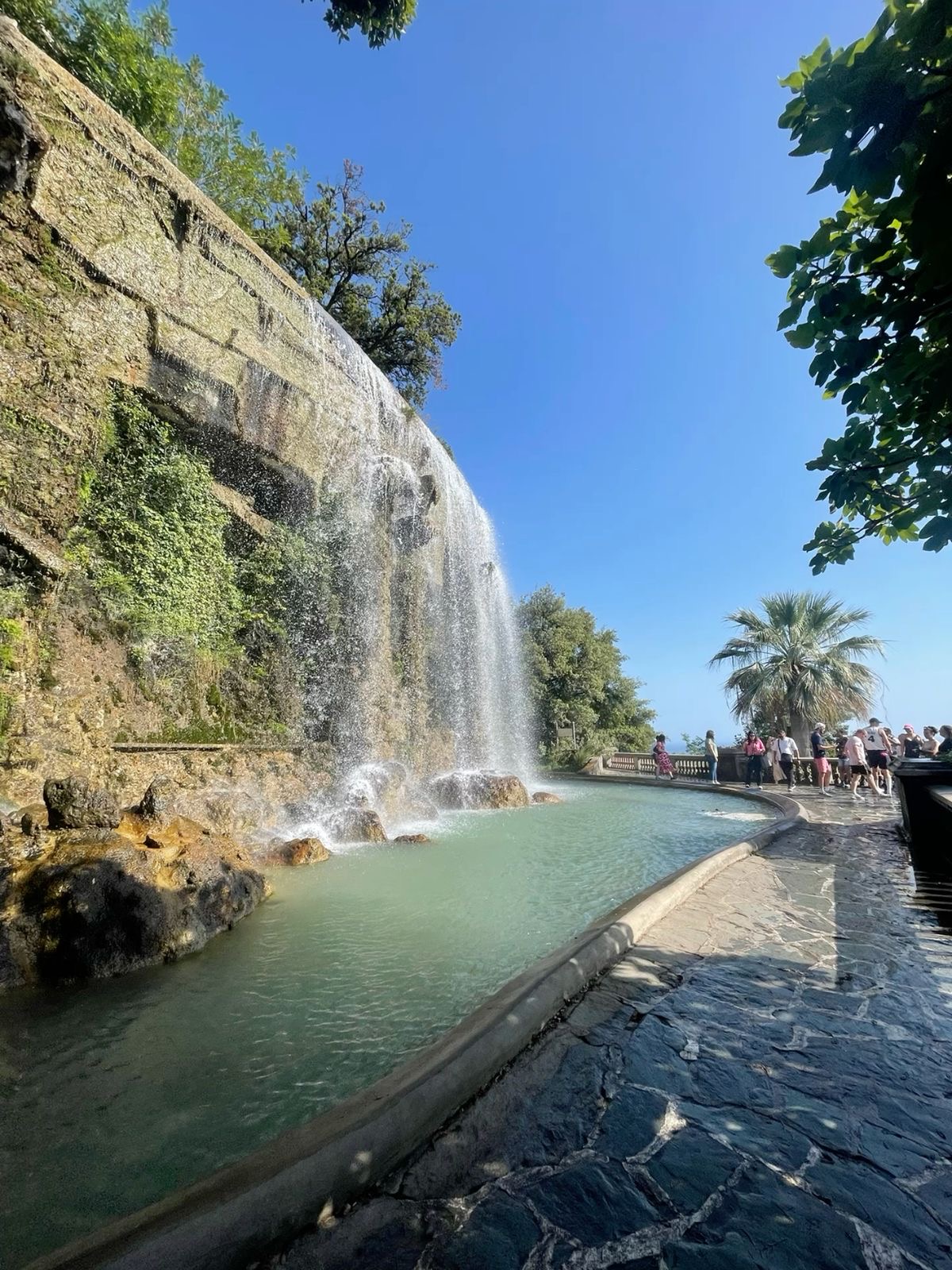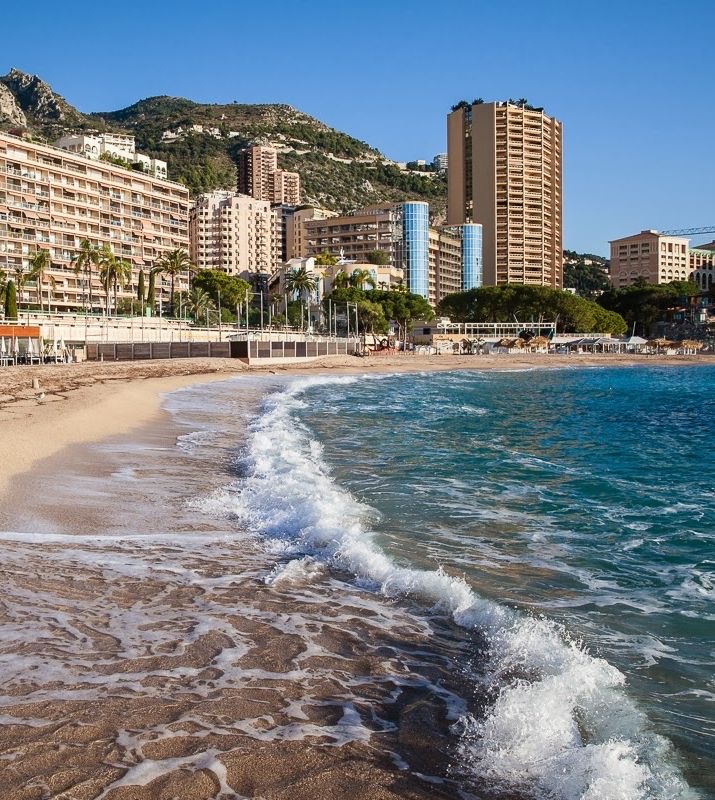
Musée d’Orsay: Light, Time, and the Spirit of Impressionism
Rising gracefully on the banks of the Seine, the Musée d’Orsay is a museum unlike any other. Housed in a former Beaux-Arts railway station, it bridges the 19th and early 20th centuries — an era of innovation, upheaval, and breathtaking artistic revolution. Inside, sunlight filters through its great glass roof onto masterpieces by Monet, Van Gogh, Degas, and Renoir, drawing visitors into a world where art seems to shimmer with life.
A Brief History
The museum’s home, the Gare d’Orsay, was built for the 1900 Exposition Universelle (World’s Fair) as a grand train station. By the mid-20th century, its platforms were too short for modern trains, and the building faced demolition. Instead, it was transformed into a museum, opening in 1986 with a focus on art from 1848 to 1914 — bridging the gap between the Louvre’s classical treasures and the Centre Pompidou’s modern works. Today, the Musée d’Orsay is renowned for its extraordinary collection of Impressionist and Post-Impressionist masterpieces.
Experiencing the Musée d’Orsay
The museum’s galleries unfold like a visual journey through modernity, where families can discover both iconic artworks and the building’s architectural wonder:
- Impressionist Gallery – Light-filled rooms showcase Monet’s water lilies, Renoir’s joyous portraits, and Degas’s graceful ballerinas — perfect for sparking children’s imaginations.
- Van Gogh & Gauguin – Colorful, emotional works that often resonate even with younger visitors.
- The Great Clock – At the top level, stand behind the museum’s iconic giant clock, with its view over Paris and the Seine — a magical moment for photographs.
- The Building Itself – The soaring glass roof, ironwork, and open spaces are as inspiring as the art, giving children the sense of exploring a “palace of trains and paintings.”
👨👩👧Family Perspective
- Kid-Friendly Highlights: The Impressionist galleries are filled with bright colors and familiar subjects like dancers, boats, and gardens that appeal to children. The giant clock is always a favorite stop. Family activity booklets and audio guides help make the visit interactive.
- Practical Considerations: The museum is stroller-accessible, though elevators can be busy. As with many Paris museums, crowds gather around famous works, so a little patience is needed.
Plan for breaks — the museum café offers family-friendly options and a beautiful view over the Seine. For a truly Parisian pause, nearby Les Deux Magots invites you into a historic literary café where legendary thinkers like Hemingway, Sartre, and de Beauvoir once lingered, while Café de Flore, just across the way, dazzles with its classic Art Deco charm and storied legacy as a meeting place for writers and philosophers. These iconic cafés add depth and character to your cultural stroll near the Musée d’Orsay. Click here (Les Deux Magots article) for more details about Les Deux Magots and here (Café de Flore article) about Café de Flore.
Best Times to Visit
- Weekday mornings: Quieter, with easier access to popular galleries.
- Late afternoon: Golden light fills the building’s glass roof, creating an unforgettable atmosphere.
- First Sunday of the month: Free admission, though expect heavier crowds.
Why It Matters
The Musée d’Orsay is more than a collection of paintings — it is a window into a transformative moment in history, when artists captured fleeting light, human emotion, and the rhythm of modern life. For families, visiting is both enriching and accessible: children can see art come alive in ways that feel fresh, colorful, and joyful. It’s a place where generations can share the wonder of beauty, side by side.
Musée d’Orsay official website
🌿Family Comfort & Peace of Mind
Discover Impressionism Stress-Free with Non Stop Nanny Babysitting
The Musée d’Orsay offers dazzling sights, but its vast halls and popular galleries can be tiring for little ones. With Non Stop Nanny Babysitting, families can experience the museum at their own rhythm. Our caring nannies can accompany children, turning the visit into an engaging journey — from spotting ballerinas in Degas’s paintings to marveling at the giant clock. Parents, meanwhile, can linger in the galleries, admire Monet’s serene water lilies, or enjoy coffee at the museum café with peace of mind.

